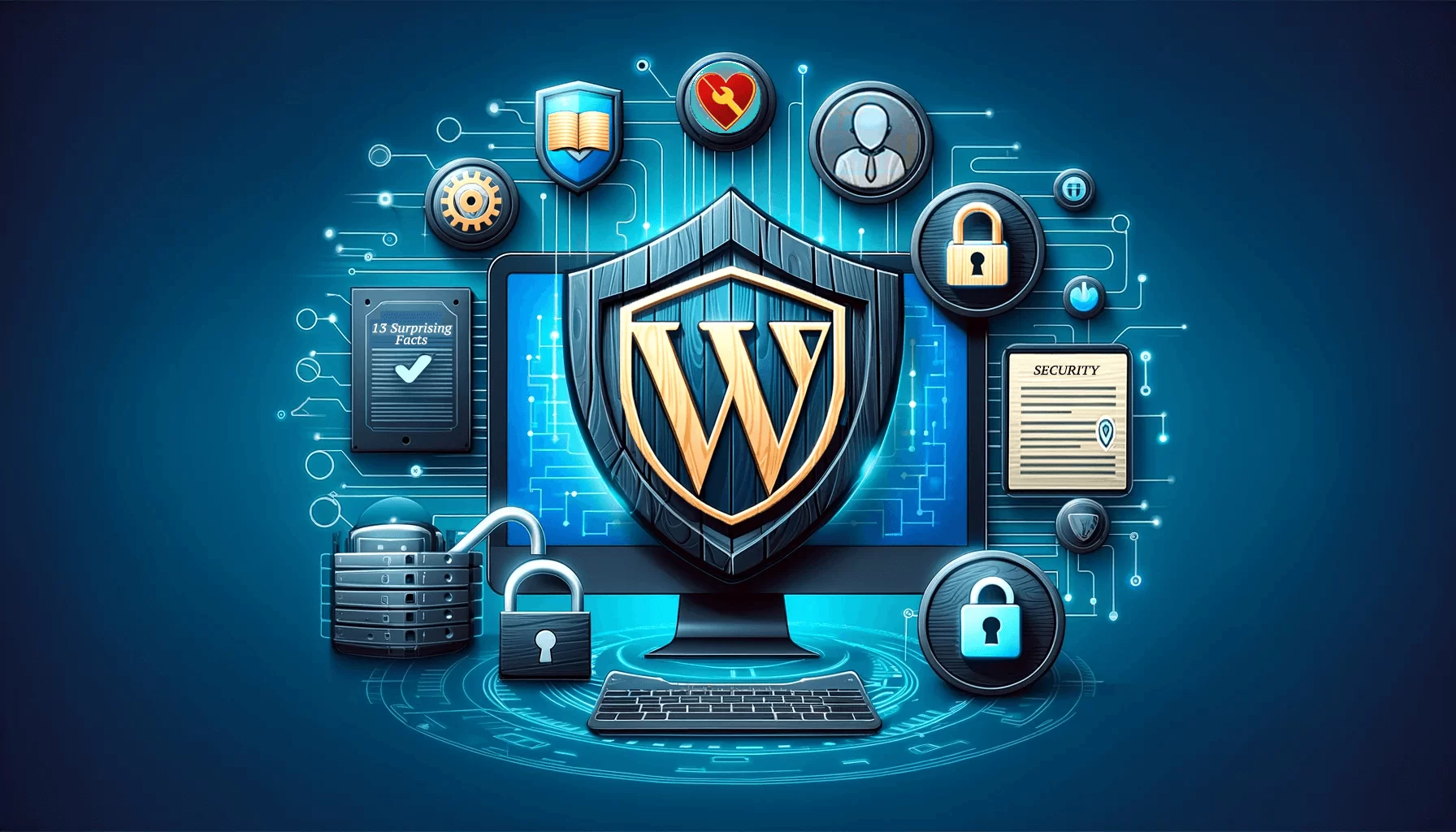
The Ultimate Guide to Keeping Your WordPress Site Secure
Table of Contents
Introduction
In today’s digital age, having a secure website is more important than ever. WordPress, as one of the most popular content management systems, is a prime target for hackers and malicious attacks. Ensuring the security of your WordPress site is crucial to protect your data, maintain the trust of your visitors, and keep your online presence running smoothly. In this comprehensive guide, we will cover essential best practices for WordPress security that will help you safeguard your site against potential threats. From updating your software to implementing advanced security measures, these tips will provide you with a robust defense strategy to keep your WordPress site safe and secure.
Several Practices for WordPress Security: Keeping Your Site Safe
Securing your WordPress site is crucial to prevent hacking, data breaches, and other malicious activities. Here are some best practices to keep your WordPress site safe:

1. Keep WordPress Updated
- Core Updates: Always run the latest version of WordPress.
- Theme and Plugin Updates: Regularly update all themes and plugins to their latest versions.
2. Use Strong Passwords
- Admin Accounts: Use complex passwords that include a mix of letters, numbers, and special characters.
- Other Users: Encourage or enforce strong passwords for all user accounts.
3. Limit Login Attempts
- Plugins: Use plugins like “Limit Login Attempts Reloaded” to limit the number of login attempts from a single IP address.
4. Two-Factor Authentication (2FA)
- Plugins: Enable 2FA using plugins like “Google Authenticator” or “Authy.”
5. Secure Hosting
- Quality Hosting: Choose a reputable hosting provider that offers robust security features.
- Regular Backups: Ensure your host provides regular backups or use backup plugins.
6. Change Default Login URL
- Custom Login URL: Use plugins like “WPS Hide Login” to change the default login URL from
/wp-adminto something unique.
7. Install a Security Plugin
- Recommended Plugins: Install security plugins like “Wordfence,” “Sucuri Security,” or “iThemes Security” to monitor and protect your site.
8. Disable File Editing
- wp-config.php: Add
define('DISALLOW_FILE_EDIT', true);to your wp-config.php file to prevent editing of files from the WordPress admin panel.
9. Regular Backups
- Backup Solutions: Use backup solutions like “UpdraftPlus,” “BackupBuddy,” or your hosting provider’s backup services to regularly back up your site.
10. SSL Certificate
- HTTPS: Use an SSL certificate to encrypt data transmitted between your server and visitors.
11. Monitor Your Site
- Security Scanners: Regularly scan your site for vulnerabilities using tools like “Sucuri SiteCheck” or “WPScan.”
- Activity Logs: Use plugins to log user activity and detect suspicious behavior.
12. Restrict Access
- File Permissions: Set appropriate file permissions for your WordPress directories.
- Database Prefix: Change the default
wp_table prefix to something unique during installation.
13. Deactivate Unused Plugins and Themes
- Remove Inactive Plugins: Delete any plugins or themes that are not in use to reduce potential vulnerabilities.
14. Secure wp-config.php
- Move wp-config.php: Move the wp-config.php file to a non-public directory if possible.
- .htaccess Protection: Add rules to your
.htaccessfile to prevent unauthorized access to wp-config.php.
15. Disable Directory Indexing and Browsing
- .htaccess Rule: Add
Options -Indexesto your .htaccess file to prevent directory browsing.
By implementing these best practices, you can significantly enhance the security of your WordPress site and protect it from various threats.

Conclusion
Securing your WordPress site doesn’t have to be a daunting task. By following these best practices, you can significantly reduce the risk of attacks and ensure a safe browsing experience for your visitors. Regular updates, strong passwords, two-factor authentication, and a reliable security plugin are just some of the steps you can take to fortify your site. Remember, the key to effective WordPress security is a proactive approach. Stay vigilant, monitor your site regularly, and keep up-to-date with the latest security trends and tools. By investing time and effort into securing your WordPress site, you can focus on what truly matters – growing your online presence and providing value to your audience.